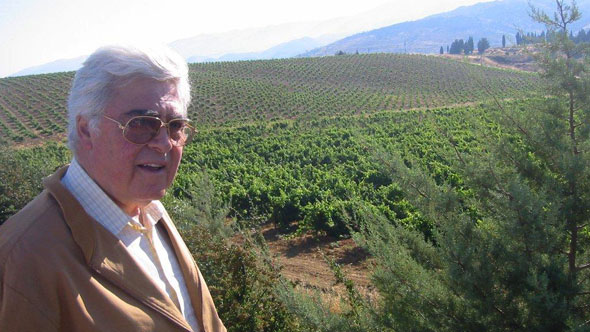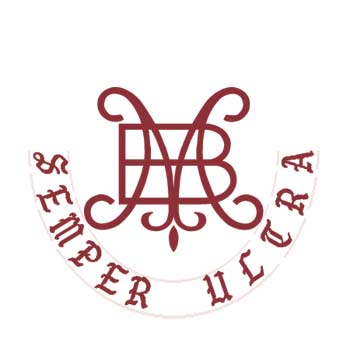Quality Wines in Lebanon
Mr. de Bustros tells the history of Chateau Kefraya which started its production during the civil war in Lebanon in 1979. Chateau Kefraya wines are always of highest quality which is also suggested on their labels “Semper Ultra” translated as “always better” or “always higher”.
Interview with Michel de Bustros, Owner of Chateau Kefraya

There has been a drop in tourism arrivals recently due to the regional situation. How has this affected your business and are you optimistic for the future?
Yes, we are optimistic. Château Kefraya started in 1979 during the so-called civil war (which started in 1975) which meant there was nothing that stopped us from developing the project we had created. We managed to continue year after year. The winery was created in 1979 but it has been expanded four or five times since then. There was no consideration about what might happen politically in the future because as everybody here knows, in Lebanon everyone reacts immediately. This immediate reaction also applies to Château Kefraya.
In a recent article by Mrs Rozelier, who is an expert in the winemaking industry, it is stated that in order for Lebanese wine to be recognized globally, Lebanon needs to at least double wine production and do more specific exercises globally. Do you agree that there is still considerable work to be done to put Lebanese wine on the global scene?
Yes, I think there is much work to do but for the moment it seems to be moving too fast. People believe it is a good business to be in and they are not looking to the future. Perhaps someday there will be more wine than people to drink it.
Do you think that quality has become more important?
One of the essential things that has been done all over the world is to choose places where you can plant and places where you cannot. Here, no one can judge that or impose it.
Chateau Kefraya is of course the second-largest producer of quality wines. There has been a lot of competition over the last few years, as well as new winemakers. How do you face this competition, such as offering higher quality or more products?
We try to emphasize the quality of our wines but it is not very easy because usually people are looking for inexpensive wines. However, people are getting increasingly used to comparing wines based on quality instead of just price. More people are able to judge the quality of the wine than used to be the case when we started this business.
Our labels have the phrase “Semper Ultra” which translates from Latin as “always better” and “always higher”, meaning that as a company we pursue the highest possible quality.
You are a visionary in this area – you are not only a wine-maker but are trying to develop tourism in the area. In this role, you have created a restaurant and provided specialized tours. What is your vision for attracting more tourists?
The current trend is for white wines which are being increasingly appreciated by consumers. Therefore we are planting for a greater variety of white wines. We have new products every year.
We found grottos in which the Romans used to bury their soldiers and we have a beautiful view of the vineyards at 1,100 meters above sea level. We have gardens and parks that bear the names of Opera composers. We consider winemaking to be an art and for example, our white wine bears the name of an opera and has a pedigree. The first year started at “A” and it goes to “Z”. It started with Aida, then Madame Butterfly, and Carmen. Our red wines bear the name of a painting of a Lebanese female painter. All of this contributes to the art of our brand because we consider a winemaker to be a poet or a painter with many colors on his palette and he composes his wine to be better every year. As our motto states, “Semper Ultra”.
You mentioned the caves. What are some of the specific tourism projects you have in mind?
Maybe someday there will be a hotel and resort on the property. That is one idea for the future. We are always aiming for more tourists.
You believe in a supply-driven economy, which is that you build something and the tourists will come naturally. Is this your vision?
Yes, that is what we would like to achieve. Another thing we have right now is the two trains on the property that hold twenty-five people each. One of the trains goes around the vineyards and the other goes to the grottos. You can enjoy a whole day at Château Kefraya where you can visit the winery and the museum, have lunch, taste the wines and enjoy the parks.
What are your plans in terms of future wine production?
The current trend is for white wines which are being increasingly appreciated by consumers. Therefore we are planting for a greater variety of white wines.
What are the challenges you are facing in the winemaking business?
We have been facing challenges ever since we began – every day is a challenge. Right now there are about thirty or thirty-five wineries in the local market, so it is a challenge but we are finding success.
Come and see all that we have to offer!